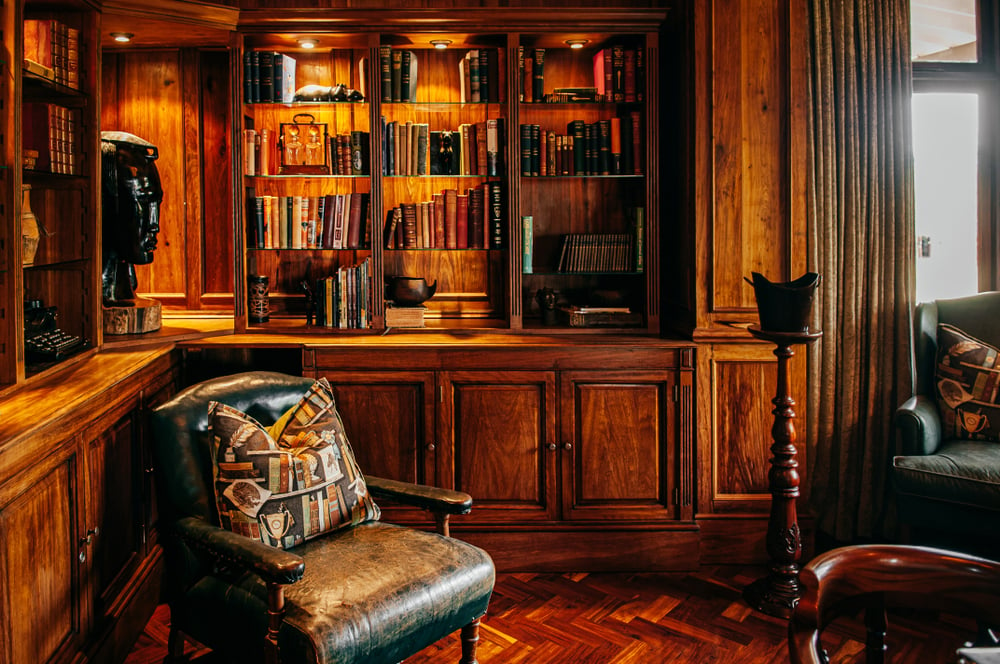Are you an avid reader? If so, you will already know that the right amount of light can help you to avoid straining your eyes and to read better.
This is why planning for the optimal study room design is an important consideration when you’re doing up your home interior.
Whether you’re using the room as a home office or as a schoolroom at home for your kids, utilising thoughtful designs when installing lights for study room will help to enhance your, or your kids’ performance and enable all of you to work in comfort.
Not sure where to start? Here, we will tell you the dos and don’ts of an efficient lighting plan for your reading room or study.
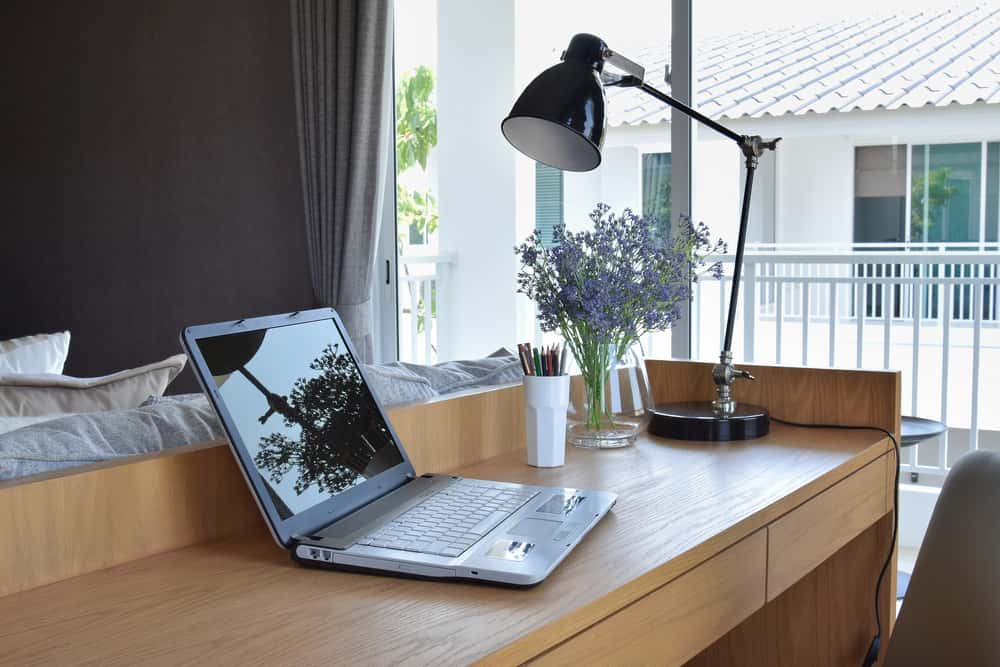
Plan the Lighting Layout first
Ideally, when you plan a lighting layout, different levels of light should be turned on or off as needed.
Ambient lighting refers to the general lighting in the room, while task lighting is focused light that is targeted at a specific task.
The third layer of illumination is provided by accent lighting, which adds style and aesthetics to the décor by illuminating pictures on the wall or highlighting accessories on display.
In your reading room or study, you will need to ensure that the first two types of lighting are provided for, as functionality should take precedence in the room.
1. Ambient Lighting
Ambient lighting should provide glare-free illumination that is not focused on a particular area.
Daylight from windows, ceiling-mounted lights, chandeliers, wall lights, spotlights or pendants can provide the ambient light you need in your study, as these lights can adequately complement your study room lights.
Recessed cove lighting in the ceiling also provides soft generalized illumination. Ambient light should not cause shadows but provide soft general light in the room.
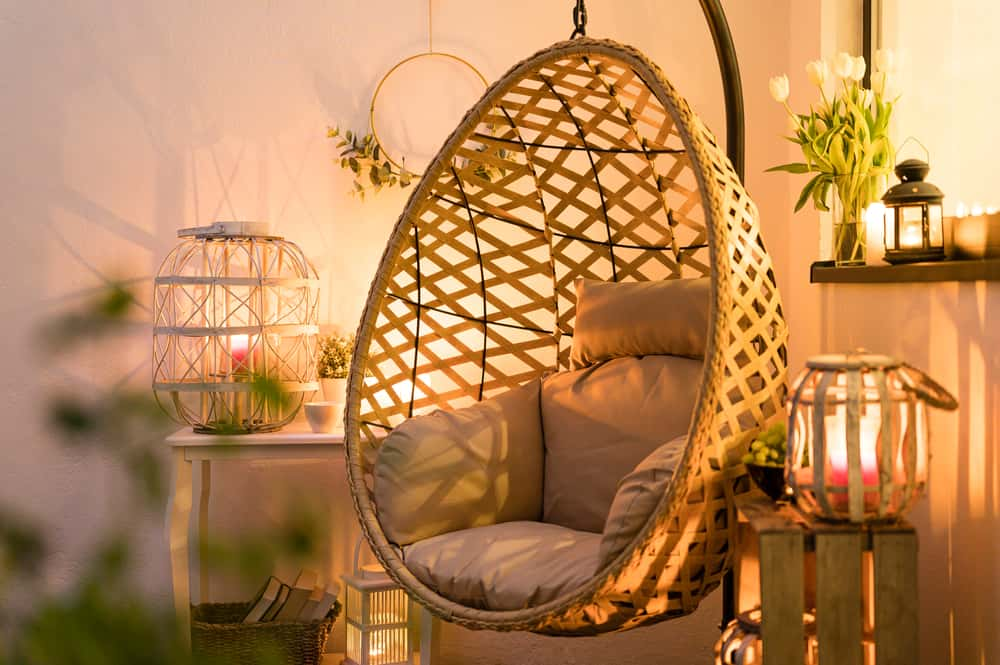
 2. Task Lighting
2. Task Lighting
Based on the activity that you will be performing, these study room lights directly focus on your task will prevent eye strain and enable you to work efficiently.
Task lights will illuminate a specific area very well and can cause shadows in the rest of the room.
In your study, you can provide pendant lights, floor lamps with focused downlights to act as your study room lights, or adjustable table lamps to help you work comfortably and efficiently.
If you have overhead cabinets above your study table, fitting a strip of LED lighting below the cabinets will provide a soft backlight that will also prevent eye strain, provided it does not shine directly in your eyes while you work.
Table lamps with adjustable brightness are a value addition to the liist of study room lights owing to the fact that they are portable.
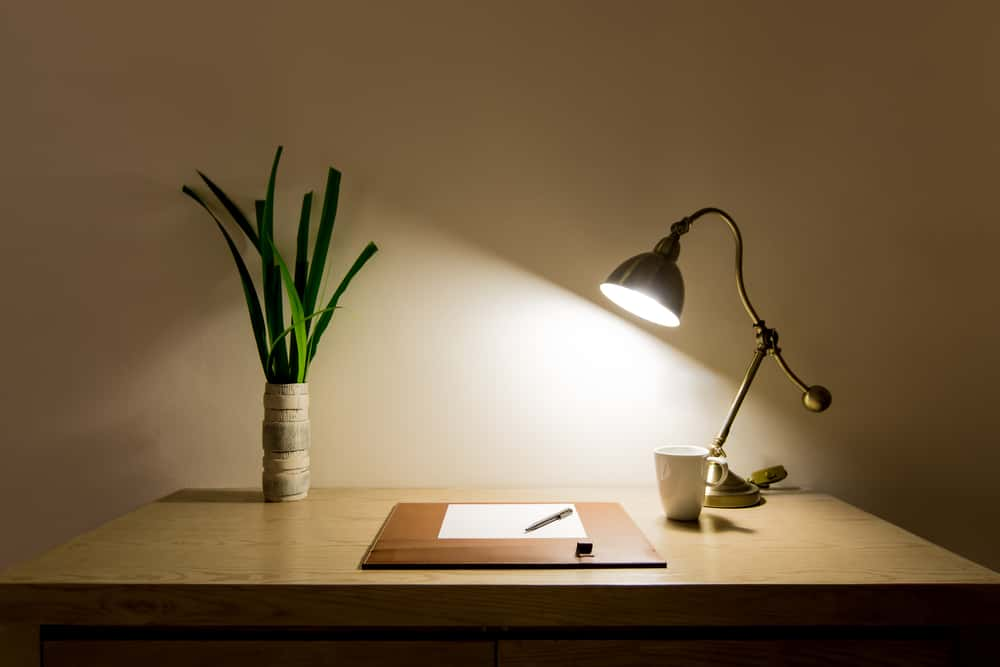
3. Accent lighting
Whether you have framed certificates on the wall, a display case with books or artefacts, or even just a plant in a corner, you can use accent lighting, such as in the form of study room wall lights to add visual interest and highlight these elements in your room.
Accent lighting creates drama and draws the eye toward specific items, and has the power to transform a room from plain to stunning in an instant!
To give you some examples for your understanding, accent study room lights comprise picture lights, wall uplights that cast interesting shadows on the wall, or spotlights on a track rail.
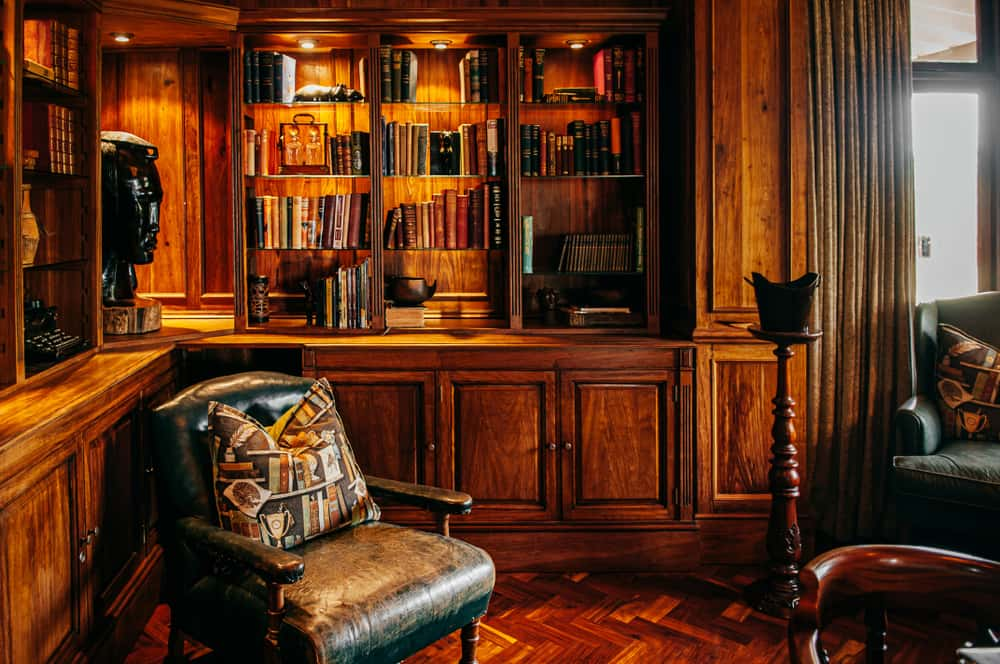
White or yellow Light for Reading Room?
This is a common question, and can be very easily answered! White light is functional, while yellow light adds aesthetic appeal and warmth to your spaces. This is largely a matter of personal preference. As a thumb rule, white light is considered to be easier on the eyes and is known to cause less strain on the eyes, but also looks more drab and uninteresting than yellow light. This makes white light a more functional choice for the study. Perhaps you can have a mix of white and yellow so as to enhance the décor and tone down the boring!
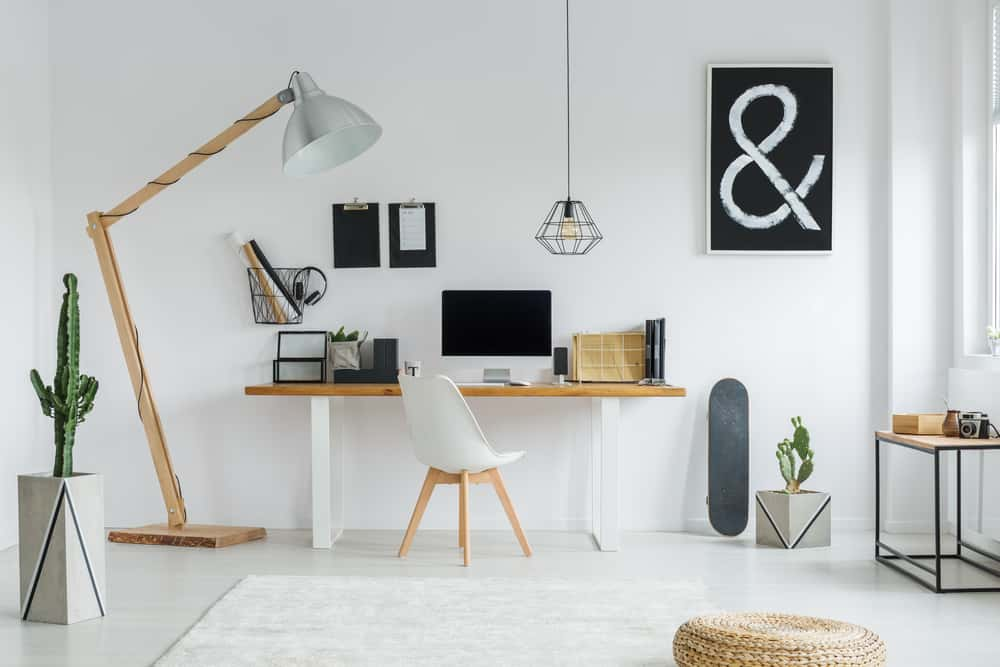
Reading books vs digital reading: What is the difference?
When planning the reading environment, you should also be mindful of the type of reading that you
will be doing. Many people are making the switch from paperback to digital, which means that the level of illumination provided should also be adjusted accordingly.

Reading from any digital device in a dark room will cause eye strain, as the screen is already lit. Always make sure that there is enough soft ambient lighting when you are reading using a Kindle, or from your computer screen. Paperbacks do not cause as much eye strain unless you are trying to read in a dark room without enough focused light. Ensure that the light is positioned to shine on the book and shadows do not fall on the page while you are reading.
Reading Room Lighting based on wall colour
The wall colours will also influence the quality of light in the room. Neutral light wall colours are best for the reading room as they will complement your lighting and will not strain the eyes. Colours that are dark or too bright will interfere with the intensity of illumination in the room and can distract your focus. Avoid stark white, as that will also cause glare on the eyes. Always add a tiny amount of grey, cream or any other softer shade to reduce the starkness of pure white.
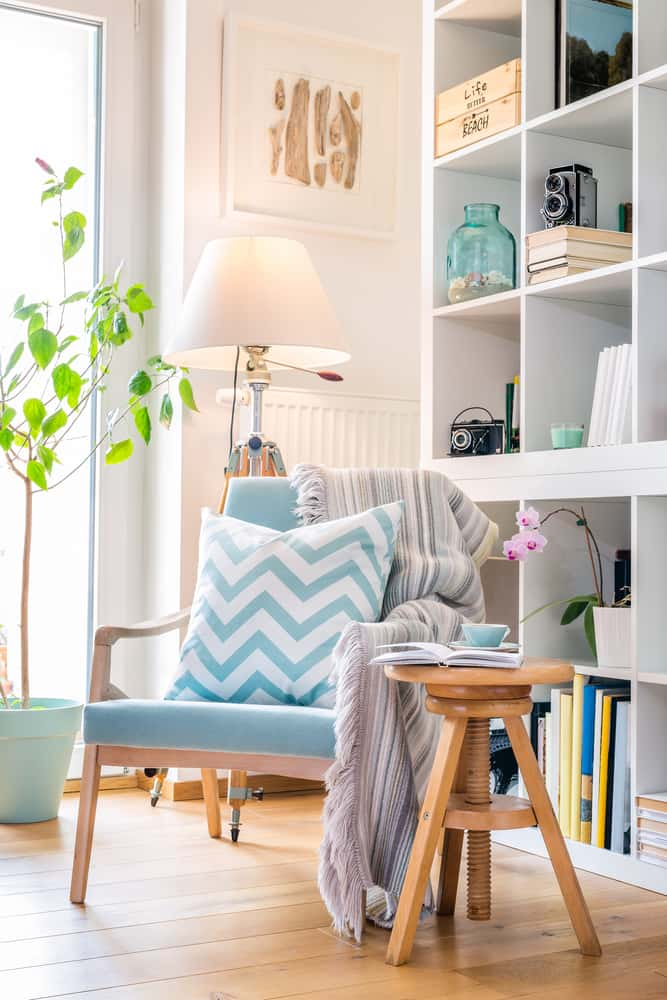
Plan smart, use LED lights
Going green is always the smarter choice in today’s world, and when we’re talking about lighting it’s important to mention LED lights! LED light bulbs are always preferred over halogen bulbs due to their energy-saving capability. While LED bulbs might come at a higher initial cost, they use fewer watts and enable you to save as much as 20% on your power bills. They are also more durable, with an average life span that is 10 to 20 times more than that of an incandescent bulb. What this means is that the waste in landfills is considerably reduced. Make the right choice for the planet, and for your home!

Need help in planning your reading room? Call HomeLane to get expert advice and support for designing you room’s interiors.
FAQs
1. How To Make a Room Brighter for Studying?
You can make a room brighter for studying by using wall bracket lights, overhead lights, strategically placed lamps etc.
2. What Is the Best Lighting for a Study Room?
The best form of lighting for a study room is the usage of LED lights, as they are environment friendly in nature. You can go for LED overhead lamps or similar lights in the yellow or white shade as per your preference.
3. Is White or Yellow Light Better for Studying?
White lights are better for studying owing to their sharp quality, as yellow light has been known to put a strain upon the eyes owing to its wavelength.

